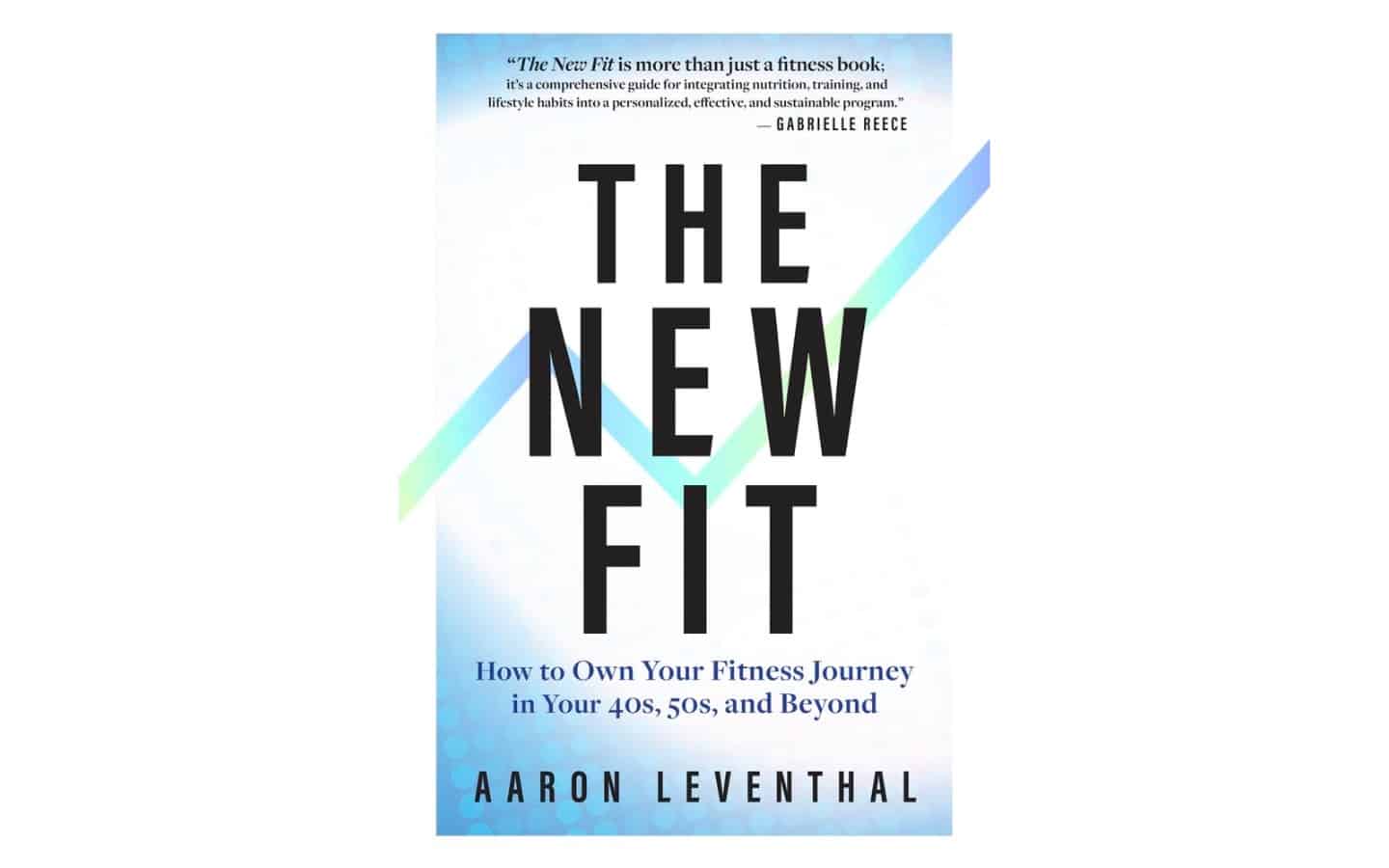
Book Review: The New Fit
Aaron Leventhal’s The New Fit: How to Own Your Fitness Journey in Your 40s, 50s, and Beyond (released January 2025) is a science-based wellness guide specifically geared toward people over 40. Leventhal focuses on using specific fitness criteria to improve longevity, strength, and mobility rather than following current youthful standards.
In The New Fit, Leventhal uses scientific data to argue for the adaptation of age-related training. For example, his research indicates that after age 40, there is an average loss of 7% of lean muscle mass per decade and up to 5% annual performance declines. His evidence-based solution to these age-related realities is an age-adapted exercise plan that incorporates his core principles:
-
Connection: Developing awareness of your body’s signals and movement history.
-
Education: Understanding the “why” behind training decisions rather than blindly following trends.
-
Progression: Embracing gradual, sustainable adaptation over time.
Leventhal debunks consumer fitness clichés, like high-intensity training, and demonstrates why typical programming may be ineffective—or even risky—for an aging body. He encourages readers to use a fitness check-up process to assess personal strengths, weaknesses, mobility, and goals. From there, he provides tailored combinations of strength training, cardio, mobility, and balance work suitable for differing abilities, recovery needs, and objectives.
To support workouts, Leventhal stresses the critical role of nutrition, sleep, stress management, and daily habits in promoting resilience and long-term health. While supporting these theories with scientific evidence, he also shares personal stories—including overcoming cancer—and includes sample workouts and routines to ease implementation.
The New Fit advocates for a detailed physical assessment and plan for your fitness journey into your 40s, 50s, and beyond. Your Centurion Physical Therapist is here to assist in creating that personalized assessment and plan for both your physical therapy and fitness needs, as they go hand in hand.
By Marcus Forman

